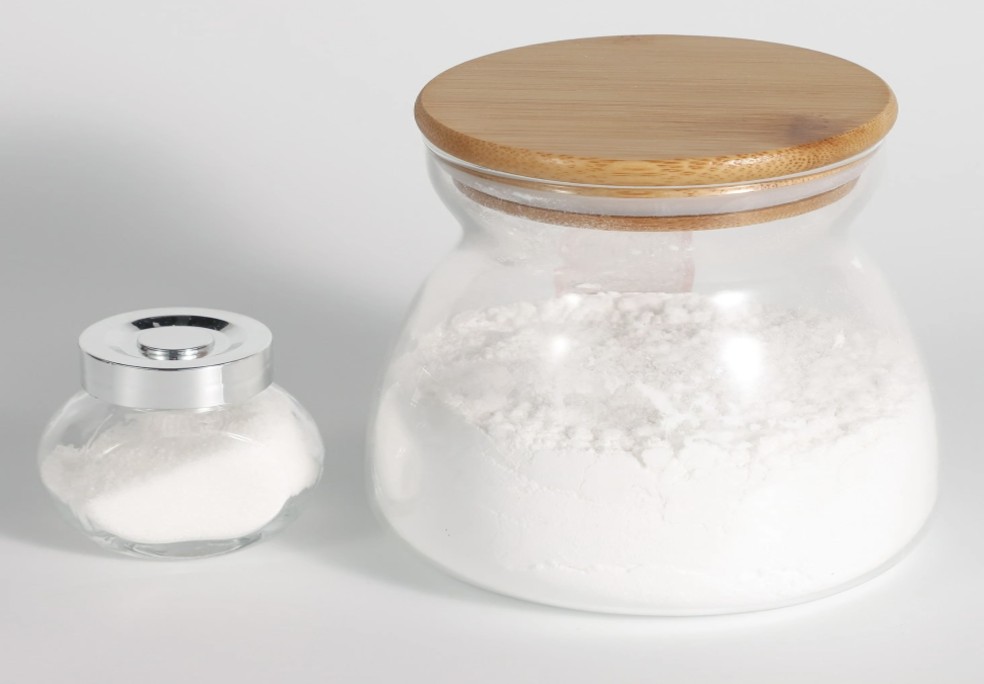Estradiol is produced especially within the follicles of female ovaries, but also in other endocrine (i.e., hormone-producing) and non-endocrine tissues (f.eks., including fat, liver, adrenal, breast, and neural tissues). Estradiol is biosynthesized from progesterone (arrived at in two steps from cholesterol, via intermediate pregnenolone). One principle pathway then converts progesterone to its 17-hydroxy-derivative, and then to androstenedione via sequential cytochrome P450-catalyzed oxidations.Action of aromatase on this dione generates estrone, and action of a dehydrogenase on this gives the title compound, 17β-estradiol.
Estriol can be a weak or strong estrogen depending on if it is given acutely or chronically when given to immature animals, but is an antagonist when given in combination with estradiol. Estriol may play a role in the development of breast cancer, but based on in vitro research, does appear to act as an antagonist to the G-protein coupled estrogen receptor. Though estriol is used as part of the primarily North American phenomenon of bioidentical hormone replacement therapy, it is not approved for use by the FDA or Health Canada.
1. Estriol can be used for treating cervicitis and especially suitable for treating menopausal syndrome and senile vaginitis.
2. Estriol can also be used as the adjuvant drug for middle-term labor induction and artificial abortion.
3. It can also be used for treating prostatic hypertrophy and prostate cancer.
4. Estriol still has a rapid role in increasing the peripheral leukocytes. It generally takes effect at 1 til 3 days after the treatment but with a short duration period. It also has efficacy in treating leukopenia caused by chemotherapy or radiotherapy.
5. Estriol can be used for reducing the vascular permeability and fragility and can be used for the treatment of various kinds of hemorrhage. It also has quick hemostasis effect on menorrhagia, hysterectomy or tonsillectomy.






















